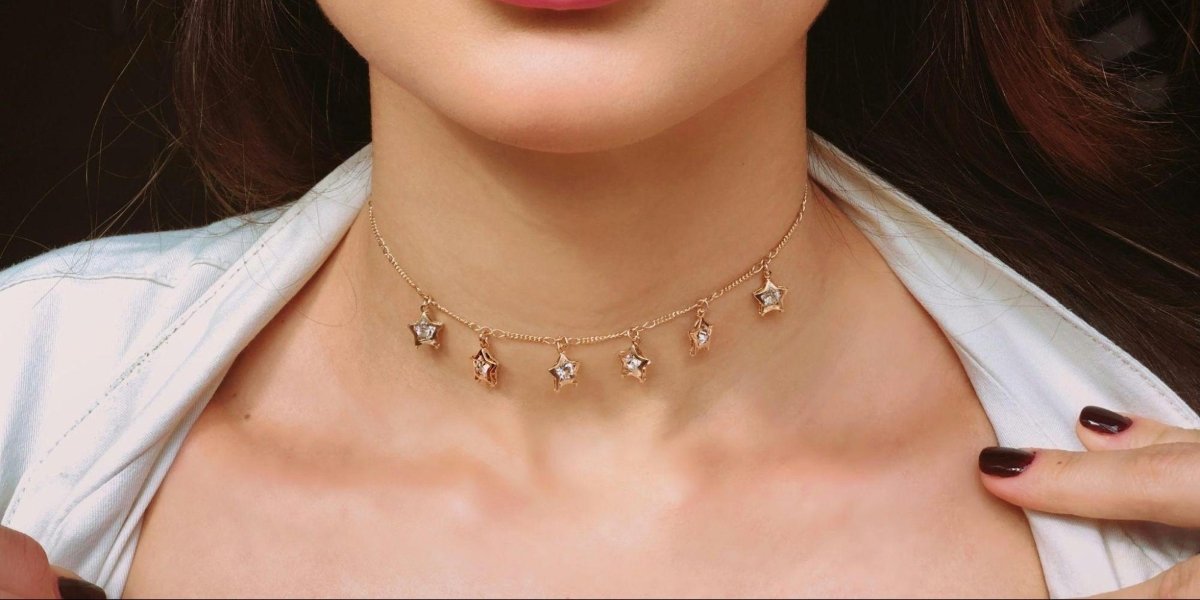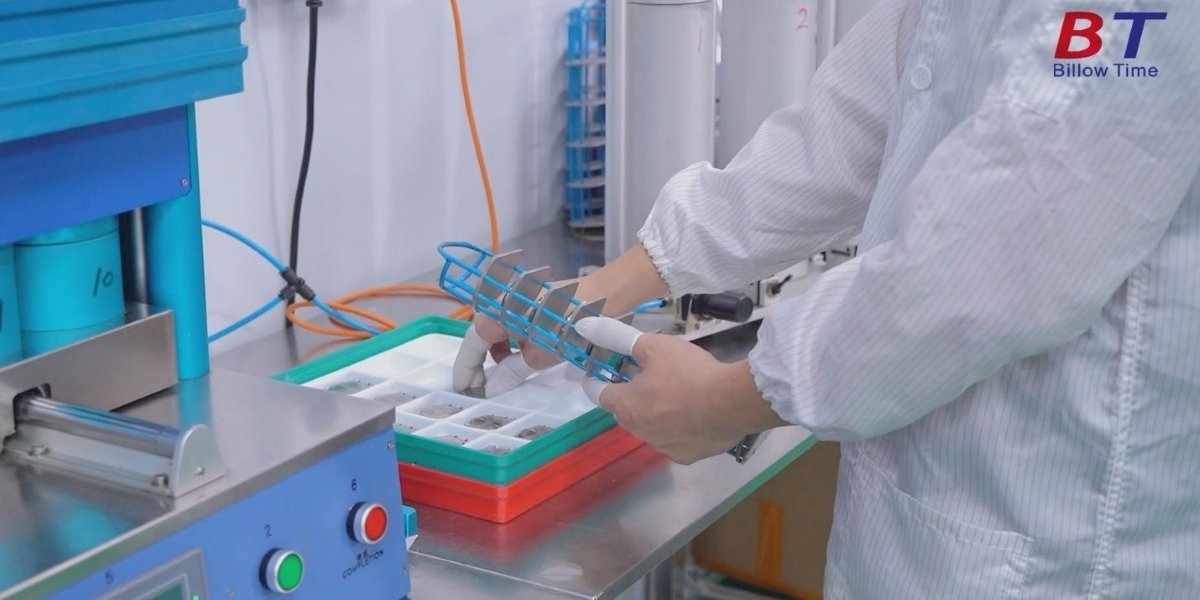The creative relationship between photographers and models plays a central role in photography, whether it be for fashion, commercial projects, or artistic work. Both parties bring unique skills to the table, and the dynamic of how they connect—whether photographers approach models or vice versa—varies depending on the situation, goals, and experience levels.
The question of who initiates contact is multifaceted, as it depends on professional needs, collaboration goals, and mutual benefits. In this article, we’ll explore when photographers approach models, when models approach photographers, the etiquette involved, and the challenges that both parties face.
When Photographers Approach Models
Photographers often initiate contact with models when they have a clear vision, need fresh content, or are working on client-driven projects. This approach is common in professional and creative collaborations.
Portfolio Development
Photographers, especially those starting their careers or branching into a new genre, often need updated or diverse images for their portfolios. Reaching out to models for test shoots, personal projects, or themed shoots allows photographers to experiment with lighting, composition, and styles while showcasing their skills.
Creative or Conceptual Projects
Photographers who have a specific creative vision may approach models who fit their aesthetic or the concept they’re working on. These projects might range from elaborate fashion editorials to experimental fine art photography. For example, a photographer working on a surreal-themed shoot may seek models with specific features or posing skills to bring the idea to life.
Paid Assignments and Commercial Work
When photographers are hired for commercial projects, such as advertising campaigns or client shoots, they are typically responsible for casting or selecting models. This can involve working with agencies or reaching out directly to models who match the project requirements. In these cases, the photographer acts as the bridge between the model and the client.
Collaborations for Visibility and Exposure
Photographers may approach emerging or experienced models for collaborative projects to expand their social media reach or professional visibility. Collaborative shoots benefit both sides—models receive high-quality images for their portfolios, while photographers gain exposure through the model’s audience and networks.
When Models Approach Photographers
On the other hand, models may also take the initiative to contact photographers, particularly when they are seeking professional growth, portfolio updates, or career opportunities.
Building a Portfolio
A strong portfolio is critical for models to secure representation with agencies, gain work in the industry, or market themselves to clients. Models frequently approach photographers whose work aligns with their personal style or career goals, requesting test shoots or collaborative work to produce professional-quality images.
Networking and Industry Visibility
Models understand the value of building relationships with established photographers. Working with well-known professionals can help models gain recognition, credibility, and new opportunities in the industry. A successful shoot often leads to referrals and exposure to brands, agencies, or other creatives.
Personal Branding and Specialization
Models looking to build a unique brand or niche often approach photographers who specialize in specific styles, such as editorial fashion, lifestyle, or artistic photography. By collaborating with photographers whose work aligns with their goals, models can create content that highlights their versatility and strengths.
TFP (Time for Print) and Test Shoots
“TFP” arrangements—where photographers and models collaborate for mutual benefit without financial exchange—are common in the industry. Models frequently initiate these collaborations, particularly when they are starting out or need fresh content for their portfolios.
Factors That Influence Who Makes the First Move
Whether photographers or models initiate contact depends on several factors:
Experience and Reputation
Established photographers and well-known models are often approached more frequently due to their industry credibility. Emerging photographers or aspiring models, however, may need to take the first step to build their careers and portfolios.
Project Type
The nature of the project heavily influences who makes the first move. In commercial work, photographers often handle the casting process. In personal creative shoots, either party may initiate contact depending on mutual goals.
Shared Goals
When both the photographer and model share objectives—such as portfolio building, creative experimentation, or industry exposure—either party may take the lead in reaching out. Successful collaborations often begin when both sides see clear value in working together.
Industry Niche
In specific niches like fashion and editorial photography, photographers often approach models to bring their creative concepts to life. In contrast, freelance or influencer-driven work often sees models initiating collaborations to produce branded or social media content.
Social Media and Online Platforms
Platforms like Instagram, LinkedIn, and Model Mayhem have made it easier for photographers and models to connect. Photographers showcase their portfolios, and models promote their work, enabling both sides to discover and approach each other. Hashtags like #fashionphotography, #modelsearch, and #collaboration simplify the discovery process.
Professional Etiquette When Approaching Each Other
No matter who initiates contact, professional etiquette is essential for a productive and respectful collaboration.
For Photographers Reaching Out to Models
- Introduce Yourself Clearly: Share your name, professional background, and portfolio links.
- Explain the Project: Provide details about the shoot concept, location, compensation (if applicable), and deliverables.
- Respect Boundaries: Ensure the project aligns with the model’s comfort level and style preferences.
- Offer Fair Terms: Be transparent about whether the shoot is paid, TFP, or for creative purposes.
For Models Reaching Out to Photographers
- Be Professional and Concise: Introduce yourself, include a portfolio or work samples, and state your purpose for reaching out.
- Communicate Your Goals: Be clear about whether you’re seeking a collaboration, portfolio work, or paid assignments.
- Understand the Photographer’s Style: Ensure their aesthetic aligns with your brand or goals.
- Set Expectations: Discuss compensation, usage rights, and deliverables to avoid misunderstandings.
Challenges in Approaching Each Other
Despite the opportunities for collaboration, both photographers and models face challenges when initiating contact:
Professionalism and Trust
Both sides may worry about professionalism. Models want assurance that photographers are trustworthy, while photographers may be cautious about reliability and commitment. Sharing portfolios and references can help build trust.
Power Dynamics
In cases where one party has significantly more experience or influence, there can be a power imbalance. It’s important for both sides to maintain mutual respect and communicate openly.
Safety Concerns
Safety is a top priority, especially for models working with unfamiliar photographers. Meeting in professional settings and discussing expectations beforehand ensures a secure collaboration.
Miscommunication
Vague communication about project goals, compensation, or deliverables can lead to misunderstandings. Contracts and agreements help clarify expectations and protect both parties.
Social Media: The Modern Connection Tool
Social media platforms play a key role in facilitating collaborations between photographers and models:
- Showcasing Work: Both photographers and models use platforms like Instagram to display their portfolios.
- Networking: Social media enables easy discovery and outreach for potential collaborators.
- Direct Messaging: DMs and emails allow professional inquiries to be initiated efficiently.
By maintaining a strong online presence, both photographers and models can attract opportunities and establish valuable relationships.
A Collaborative Effort
The question of whether photographers approach models or vice versa depends on the context, goals, and circumstances of the collaboration. In the creative world, the dynamic is ultimately one of mutual dependence and shared success.
Photographers and models each bring unique skills to the table, and successful partnerships are built on professionalism, clear communication, and respect. Whether the photographer reaches out with a creative vision or the model initiates to build their portfolio, the end goal remains the same: producing impactful work that benefits both sides.














